5 Questions You Want to Ask Your Podiatrist About Orthotics but Are Too Afraid to
Orthotic devices are those special shoe or heel inserts that a doctor has prescribed especially for you. They can address any of your foot pains and problems and are custom-made specifically for your foot and any of its ailments.
Podiatrists are health care professionals that have been trained as experts for anything and everything that has to do with your feet, ankles, and lower limbs. They are the people whose expert opinion you should seek if you have any foot pain concerns that need to be addressed by someone with trusted expertise.
A podiatrist will be the one who will prescribe or even create custom foot orthoses for you. These orthoses will be the shoe or heel inserts that are designed to target your problems so that you will be able to enjoy and comfortably wear your shoes. These help to achieve better alignment and posture, which will result in less discomfort and stress on your body.
We have created this handy guide for those who have been researching orthotics but are not sure yet whether or not they should get them. It comprises five important questions about orthotics that you may have been wanting to ask your podiatrist but have been too afraid to ask.
Read on to find answers to these questions which are based on input from several professional podiatrists you can rely on.
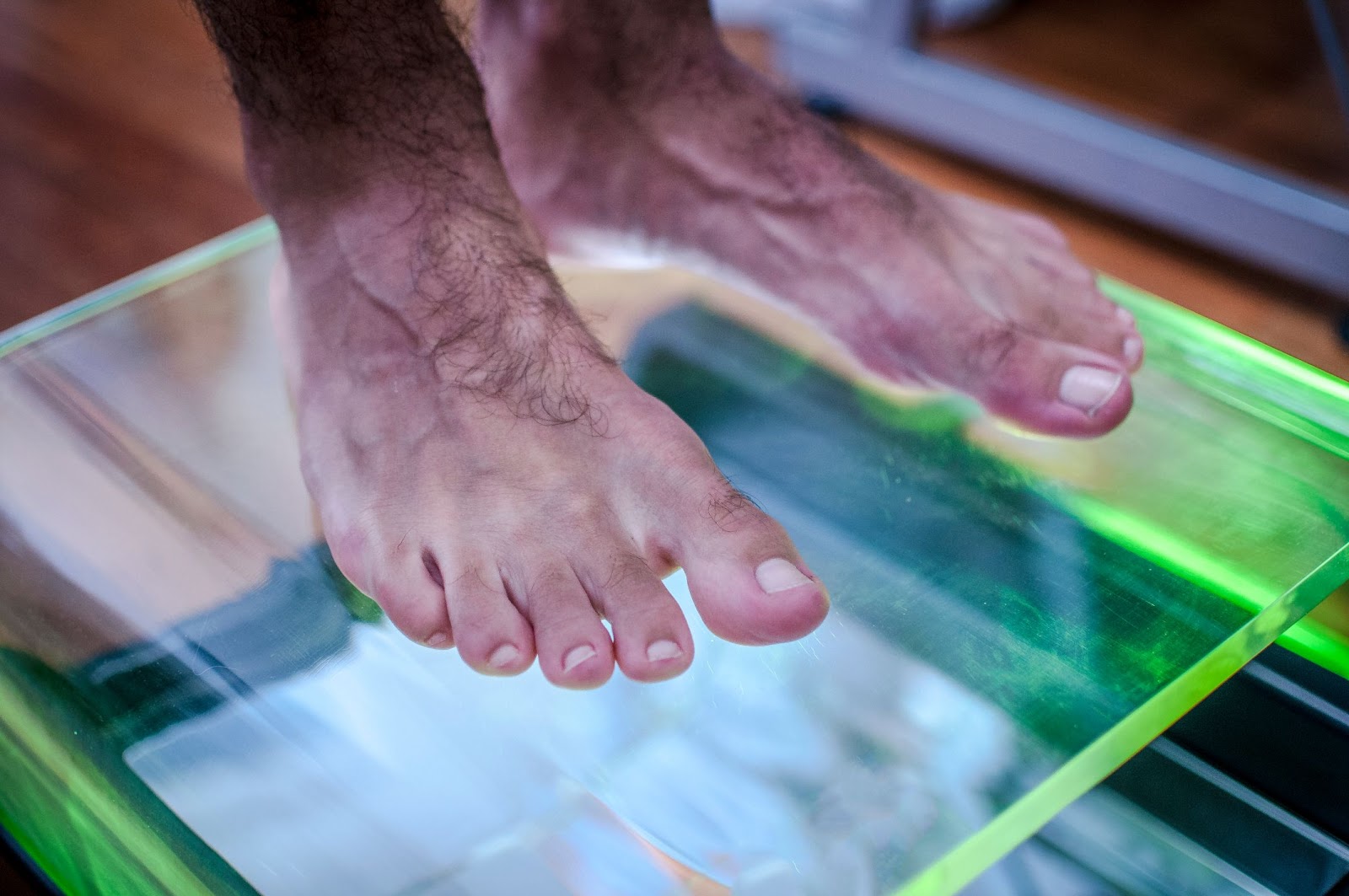
Question 1: When do you decide that a custom-made orthotic device is required?
Orthotics aren’t always the answer to foot pain and other problems, so before setting your heart on getting orthotics, you should first buy properly fitted shoes. A common problem that causes foot pain comes in the form of shoes that are too loose, too tight, or that do not offer enough support. If you are experiencing foot aches, then it might just be an issue with your shoes!
So, before you head off to a podiatrist, try to find a well-fitting pair of shoes. You might also try over-the-counter (OTC) inserts. But the fact is that not every patient requires an orthotic.
Conditions such as plantar fasciitis can be treated with strapping and appropriate heeled footwear. Custom-made functional orthoses (orthotic devices) are designed and manufactured to treat foot pain or disability. Orthoses are applied externally to re-align the feet. How complex they are depends on the pain experienced, the length of time the patient has been suffering pain, and the activities in which they wish to participate (this includes sports and day-to-day activities such as walking).
Usually, a podiatrist will advise that when the severity of the problem is unlikely to be controlled by an OTC insert, when OTC inserts have been trialled with only partial symptom relief, or when footwear requirements clearly call for a specialised orthotic to fit, that is when a custom-made orthotic device will be required.
If you feel that you need orthotics, it’s a good idea to check for these five typical signs before you decide to visit your podiatrist:
Check for wear on your shoes
One quick check you can do is to take a look at the shoes that you wear frequently. Are the soles more worn out on one side than the other? It may be because your feet roll more inward or outward. There could even be a leg length discrepancy that may be causing pain when your left sole is more beaten down than your right sole!
Podiatrists usually ask to examine patients’ old shoes. They can tell a lot from your old shoes, so you can maybe get a glimpse of what they will see by checking your shoes first.
The Wet Test
You can do this test right after hopping out of the shower.
While your feet are still wet, step onto a piece of paper or a paper towel, then check your footprint. If your footprint lacks a c-curve in the arch, it could mean that you are a pronator, while a strong c-curve could indicate you are a supinator.
There is nothing abnormal about either, but it will impact on the design of custom-made orthotics.
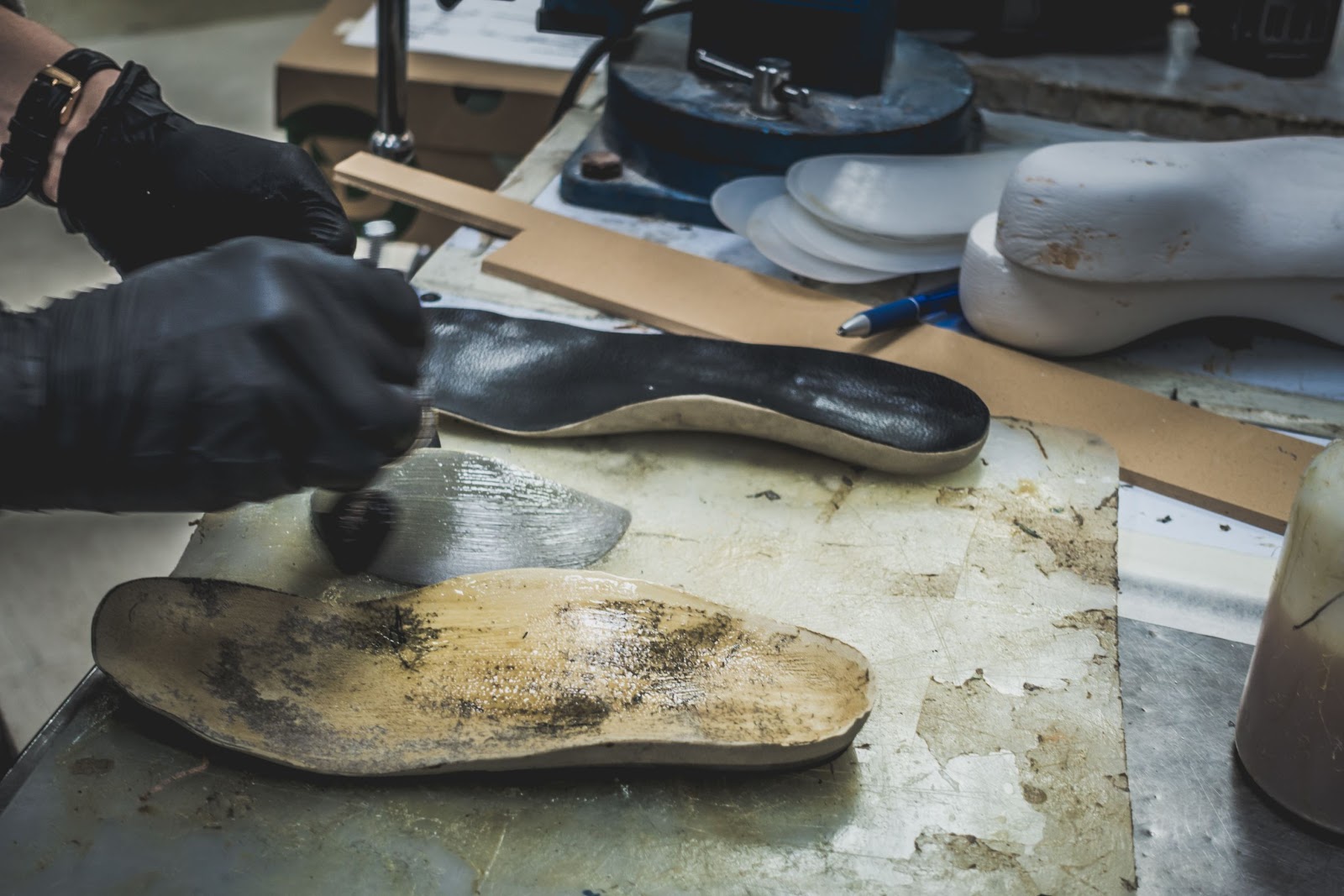
Lower limb injury
If you are prone to lower limb injuries or have recently suffered one, it is essential for you to get enough support to aid in your recovery.
Heel pain
It is not normal to feel sharp, extreme pain in your heel even if you have been walking around in high-heels the whole day. Rather, it could be a sign of a foot condition, which is why we recommend that you get it checked immediately.
Foot pain
This is pretty much a given, right-in-your-face thing, but you would be surprised by how many people dismiss foot pain. They live with it and think of it as normal. However, if you repeatedly expose your feet to poorly fitting footwear, you may be making yourself susceptible to permanent damage. Also, the presence of any foot problems, can often causes a butterfly effect which leads to joint problems in the knee, hip, or even the back.
As soon as you feel any abnormal, lasting pain, we recommend that you consult an expert immediately.
Ultimately, the decision of a podiatrist to prescribe an orthotic device involves several factors. For instance:
- Pain fails to resolve with simple conservative interventions such as improved footwear, exercises, or generic supports.
- Poor foot posture is moderate to severe and likely to lead to problems in the future, particularly for people with a history of foot pain or who are suffering diseases such as arthritis and diabetes.
- Some foot types and conditions respond better than others to custom orthoses. But often custom orthoses are issued to people attempting to delay or prevent surgery.
Question 2: If you decide to recommend a custom orthotic, what is the perfect material to make it from?
There are a variety of materials to choose from when picking which one to use for any specific orthotic device. A variety of surface-covering materials are applied, dependent on specific variables and also the style of footwear in use.
Some podiatrists like to use EVA of varying densities dependent upon the type of physical activity being undertaken (both work and sport), the underlying pathology, as well as the weight and age of the user. Polypropelene is another popular material, and it varies in thickness from just 2 mm to 5 mm, and there are several covers from leather to more cushioned materials that may be used.
Generally, custom orthotics come in two types, functional and accommodative:
Functional orthotics are geared towards controlling the subtalar joint and the biomechanics of the feet, while accommodative orthotics aim to reduce the changes to foot function, as well as to give relief and protection to certain areas of the foot.
Functional orthotics are geared towards controlling the subtalar joint and the biomechanics of the feet, whilst accommodative orthotics aim to reduce the changes to foot function, as well as giving relief and/or protection to certain areas of the foot.
Functional orthotic heel or shoe inserts are usually made from firm, thin materials. The thin hard shell runs from the metatarsal heads back to the back of the heel. It can be half, three-quarters, or full length, and is usually covered with some form of cushion material. They usually feature a reliable longitudinal arch as well as a deep heel cup.
Accommodative foot orthotics, on the other hand, are made from more flexible, less rigid types of materials. These are usually moulded to the whole plantar surface of the foot, aiming to give the wearer more comfort. These are usually a good choice for people with diabetes, any form of neuropathy, or those suffering from joint diseases.
Accommodative foot orthotics are a popular choice among patients who are suffering from a rigid foot structure, or a restricted range of motion. For those who are seeking comfort from their orthoses, the accommodative type of foot-orthotic or orthotic-friendly shoes may be a perfect choice.
While there is no perfect material, there are many considerations in the prescription of an orthotic and also many factors that will influence the decision. These include the :
- patient’s weight
- type of sport or activity they do
- the severity of poor foot posture
- history of pain
- severity of pain
Because it is now possible to manufacture very thin, flexible orthoses when required, footwear options get better and better.
Question 3: How do you manage the client’s preference for shoes vs. your preferred orthopaedic footwear?
People think that getting orthotics means having to abandon their sense of style. When one mentions orthotic devices people often think of shoes for older adults that offer no room for personality. However, there is usually a way to let a person wear shoes that they like, all the while enjoying the comfort of custom orthotics.
Footwear has improved considerably over time, and today an increasing selection of aesthetic footwear with removable insoles is now available. This makes the incorporation of orthoses into footwear far less difficult.
Modern footwear also means there is a good chance that people won’t have to compromise fashion for suitable footwear. There are, however, situations where ideal footwear is not a practical option. This includes:
- environments where strict uniform standards are applicable
- professional work environments
- times when specialised sporting footwear is essential
A podiatrist will act in the best interests of his or her patient's foot health, and provide advice on the most suitable shoe to use for the activity being undertaken and the problem that requires treatment. This generally allows the patients to get footwear that they are happy to wear, with professional guidelines helping them make their choice. They will always endeavour to fit an orthotic to the footwear that must be worn.
If a patient doesn't wear a shoe that can accommodate an orthotic device, then it may be necessary to consider a best/worst footwear option. But this must be done in consultation between the patient and podiatrist.
Of course, there are a relatively small number of patients who cannot wear anything but orthopaedic shoes, which is where the podiatrist and the surgical boot-maker come together to accommodate the patient.
In normal circumstances, there are lots of orthopaedic shoes on the market that are available in a variety of styles and colours. There is no need for you to sacrifice form for function because there are a ton of options to choose from.
Here are just a few to give you an idea:
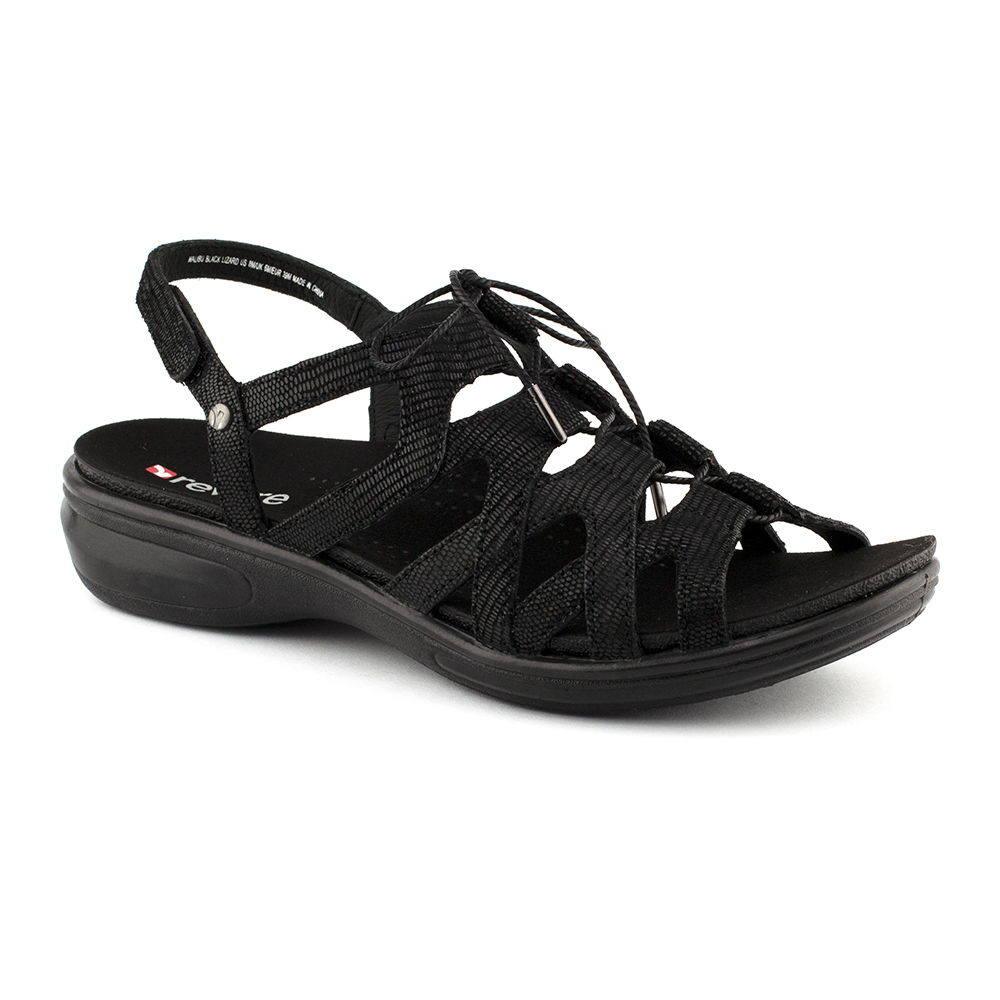 REVERE-MALIBU |
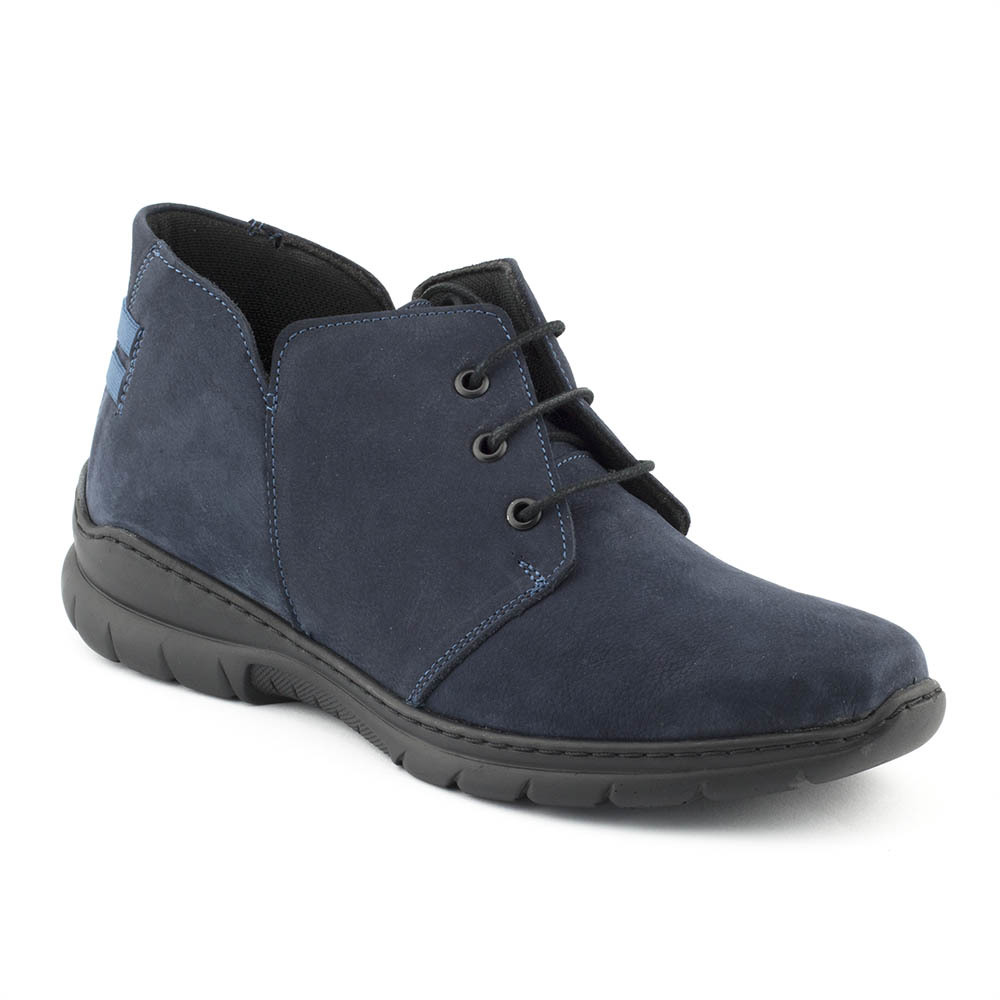 CABELLO STITCHDOWN STYLE 6138-54 |
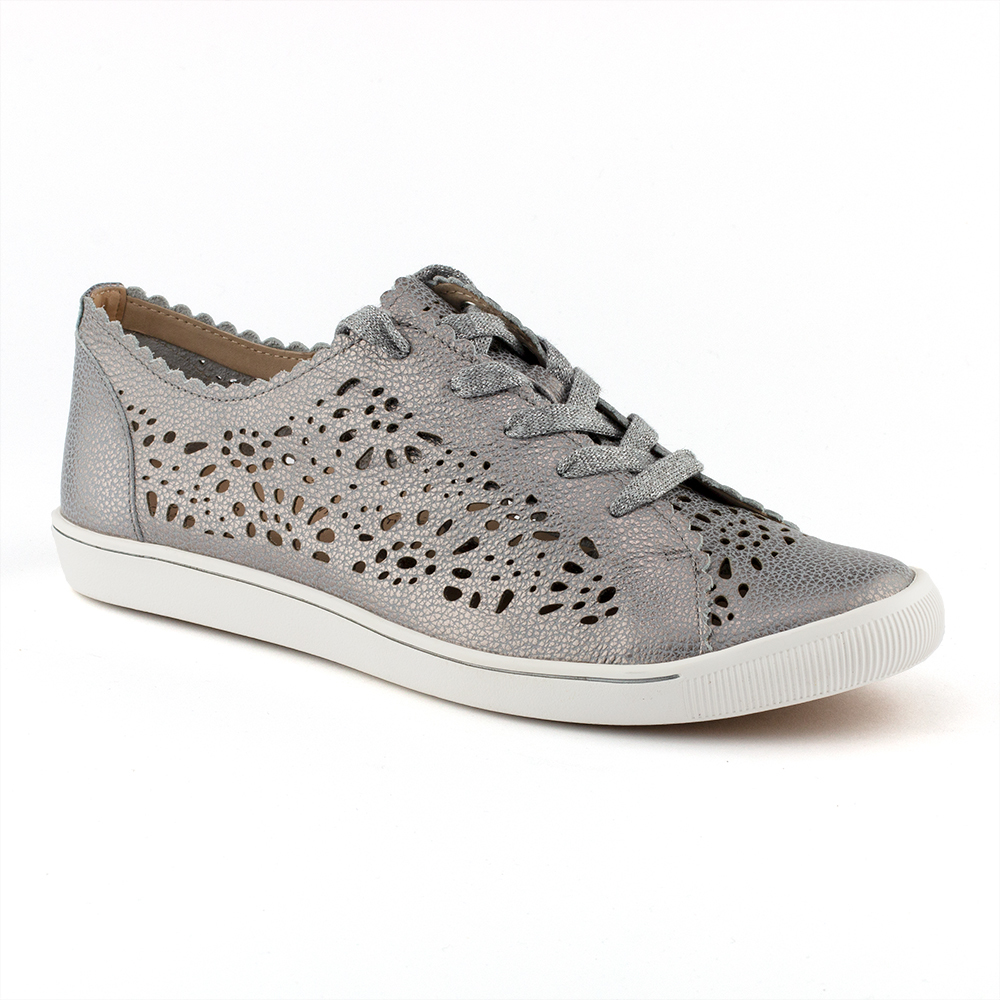 ZIERA-DEJA |
Question 4: How long do you expect an orthotic to last?
The quick answer to this is a year or more, but podiatrists will tell you that they can last for up to ten years. Since not every podiatrist will give you the same answer, here are three we elicited from experts:
- Three to five years with regular, intense activity and up to ten years in individuals who lead a very sedentary lifestyle.
- The average life of an orthotic device or shoe will depend on wear and tear, the weight and biomechanics of the wearer, and how the orthotic is cared for. Most custom orthoses will last between five and ten years.
- An orthotic should be reviewed every two to three years, even if the patient is pain-free. A functional orthotic shell has a life expectancy of five to ten years, depending on the patient, their weight, activity, and so on, and will only need to be recovered periodically during that time for good function.
Orthotics are meant to support your feet, and if you use them all the time, you should give them a little more consideration when it comes to their life span. Those people who wear their shoes the whole day, or exert lots of stress on them, should expect them to need replacement faster than others might.
Another important factor is that customised orthotics last longer than retail inserts because they’re made from extremely high-quality materials chosen for their durability.
Think of it this way: the lifespan of your orthotics is inversely proportional to how much use you make out of them. The moment you start feeling even a fraction of the pain that you had before you started using orthotics is probably the time to see your podiatrist or to start shopping around for new orthotics.
Question 5: How will you know if you’ve got the right orthotics?
So, you are about to get your first pair of orthotics but you’re scared they won’t make a difference. Don’t worry, this is a completely understandable concern, which is why we created this handy guide.
First of all, be aware that some soreness is normal when you first use your orthotics. You need to get used to wearing them when you undertake your daily activities. Use them in increasing increments of two hours every day until they give you the comfort and support that you need.
When it comes to sports, we do recommend that you wait some time before using them. The reality is that you might get injured if you use them during strenuous physical activities if you have not broken them in first.
If your feet don’t hurt as much as they used to when you are active or on your feet for long periods of time, then you know they’re doing their job. As you go along, try to break them in and make the decision then.
Once you have broken them in, you’ll know they are right if symptoms improve and there is a resolution of the presenting problem for the orthotics you were prescribed. This means, in other words, that the pain or dysfunction previously suffered is completely resolved.
But don’t rely on your judgement. All orthoses patients need to be reviewed by their podiatrist four to six weeks after the orthoses were prescribed and issued. The orthotic must also be reviewed at various intervals after issue so that the podiatrist can examine wear marks within the shoe, and see how the patient walks with the orthotic and without it, and also monitor the effect in reducing pain and any symptoms that may suggest overcorrection.
Orthotics can be the best solution for those who have foot and ankle concerns. While they may not be the universal answer, finding the right fit may save you from soreness and aching. Just be sure that you consult with a trusted and reliable podiatrist before jumping to buy orthotics or get ones made!
Your feet are literally the foundation of your body and your health. By ensuring that they are healthy and in good shape, you will have one less thing to worry about. They support your entire body, and taking care of them ensures that you will be living your days pain-free.
Have a look at the range of orthotics-friendly shoes at Stride Shoes. We have a wide array of choices that will fit every kind of need, in every kind of style! You will surely find one that will feel perfect on your feet. Drop by our site now and choose the perfect orthotics for you.






